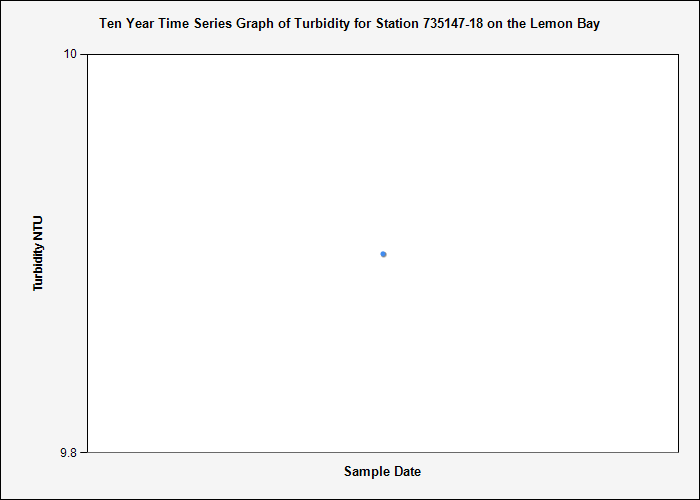
UC Davis researchers have been monitoring the changes in lake clarity for the past 50 years using a Secchi disk (the white dinner plate). Lake Tahoe is known around the world for its famed water clarity, eliciting awe from millions of visitors each year. Historical Averages of Annual Secchi Depth Data since 1968.Geoffrey Schladow, UC Davis Tahoe Environmental Research Center, 53, Kat Kerlin, UC Davis News and Media Relations, 53, Jeff Cowen, Tahoe Regional Planning Agency, 77, Resources:.The Council’s report on 2021 clarity conditions is available at.

The Tahoe Science Advisory Council, an independent group of research institutions, including UC Davis Tahoe Environmental Research Center, also conducts an annual analysis of lake clarity. Science partners will continue to research climate and clarity changes in Lake Tahoe and to inform policymakers of strategies to restore the lake’s historic clarity. EIP partners are helping meet TMDL reduction targets by reducing pollution through improved roadway maintenance and erosion control on roadways and private properties. More than 80 organizations, including government agencies, nonprofits, and research institutions, are working collaboratively with scientists to improve Lake Tahoe’s water clarity and ecological health under the Lake Tahoe Environmental Improvement Program, or EIP, which is one of the most comprehensive, landscape-scale restoration programs in the nation. The states of California and Nevada, which share a border at Lake Tahoe, are actively working to restore lake clarity to its historic 97.4 feet. as it propels itself by using changes in its buoyancy to explore the lake for months at a time. The precise role of wildfires on lake clarity and overall lake health is the subject of an on-going, Tahoe Science Advisory Council and multi-institutional study, the results of which are expected later this year.Īn autonomous underwater glider collects data on temperature, dissolved oxygen, chlorophyll, etc. Schladow notes that some of the lake particle readings (figure below) were likely influenced by smoke deposition from the past several years of wildfires that have blanketed the basin. Fine particles in the lake have similarly increased and have yet to return to their earlier concentrations. Fine particles in Tahoe’s streams increased by four-fold that year and have remained above the historic mean since that time. However, fine particles have remained elevated since 2017, when unprecedented winter storms contributed to the worst clarity on record at Tahoe. Public and private investments in water quality improvements over the past 25 years have significantly reduced fine particles and algae-feeding nutrients entering Lake Tahoe, and TMDL pollutant load reduction targets are being met. Currently, these are responsible for up to 70% of clarity loss. TMDL science identified fine particles and tiny algae as playing a large role in determining lake clarity.

Particle problemsĭecades of research led to the development of the Lake Tahoe Total Maximum Daily Load (TMDL), the science-based plan to restore the lake’s historic clarity.

While clarity in winter months are invariably better than during the summer, the trend from the past two decades indicate that neither summer nor winter clarity levels are improving over time. Summer measurements were 54.8 feet, while winter averages were 71.9 feet. Lake Tahoe’s average annual clarity in 2021 was 61 feet compared to 63 feet in 2020. Winter average clarity (Dec-Mar) does not show a persistent pattern of improving clarity. Summer average clarity (Jun-Sep) continues to decline at a rate of 0.62 feet per year.


 0 kommentar(er)
0 kommentar(er)
